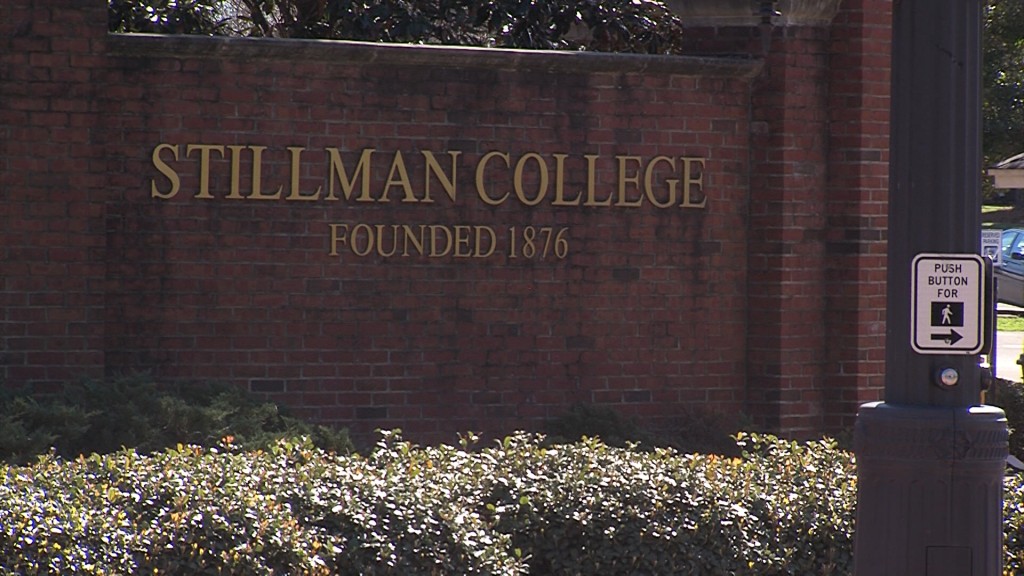Courtesy of Stillman College
Stillman College hosted “Health and Fitness on the 1st” Friday to celebrate the launch of its Campus Wellness Program.
Health and Fitness on the 1st events were open to Stillman faculty, staff, and students and featured a variety of giveaways and unique activities across four events:
- Yoga on the Quad
- Health Nutrition Station in Cafeteria
- #StillWell Fitness Competition
- Hip Hop Fitness & Dance Class
This event was sponsored by the Going for Gold Initiative, a multi-year initiative with HBCUs to advance equitable cancer care. Stillman College is the first institution of higher learning in the State of Alabama to join Going for Gold, an initiative launched by the CEO Roundtable on Cancer, which provides data-sharing systems and wellness and prevention programs for its partners.
Dr. Christina Gladney, director of assessment at Stillman College, said Stillman’s Campus Wellness Program will provide culturally tailored health and wellness activities and programs for students, faculty, and staff throughout the year, with the goals of “increasing their awareness of preventative health behaviors, provide health education resources, and offer programs and activities to facilitate healthy behavior adoption.”
Gladney said the opportunity to promote health to young people is “invaluable.”
“The resources provided at 18 or 19 can greatly impact every negative outcome by the time (students) are 40,” Gladney said. “So, for me and our campus wellness committee, it’s about taking advantage of having our students in this fixed space and creating a holistic approach to health that goes beyond diet and exercise but also addresses the Eight Dimensions of Wellness, such as positive and healthy relationships and money management, through consistent programming.”
Gladney said the Eight Dimensions of Wellness framework established by the Substance Abuse and Mental Health Services Administration will help Stillman’s Campus Wellness Program create timely and meaningful programming to address both broad and nuanced topics, such as voter education and recycling, to increase engagement across campus. Buy-in will be critical to the program’s goal for the spring: a peer health educator program for students.
The program also seeks to provide mental health and emotional supports for faculty and staff, especially at “high-stress, high-traffic times,” like the start and the conclusion of each semester, Gladney said.
The depth and breadth of programming also creates opportunities for engagement off campus with current and prospective partners, like banks that can provide financial literacy counseling and public health organizations that can provide nutrition education.

